John Hurrell – 25 August, 2022
Four above-ground images, taken with a camera, emphasise Ratanui's twisting, entwined limbs or torso-like trunk and its similarity to the human form. Long exposure times blur the wind-blown leaves, making the almost-abstract images graphic and like smudgy charcoal drawings. These are camera-based photographs that are not obviously photographs. They are very bodily, vaguely geological and even subtly erotic, suggesting handmade marks, not light exposures using film.
Two sorts of subtly-coloured photographic image are presented by Anne Noble upstairs in Two Rooms: One focusses on the outer (air-infused) appearance of Ratanui, a 500 year old Northern Rata in the Tarapuruhi sanctuary north of Whanganui, a tree that she first photographed in 1978. The other, the subterranean soil quality around it.
Four above-ground images, taken with a camera, emphasise Ratanui’s twisting, entwined limbs or torso-like trunks and their similarity to the human form. Long exposure times blur the wind-blown leaves, making the almost-abstract images graphic and like smudgy charcoal drawings or intricate prints.
These are camera-based photographs that are not obviously photographs. Of the four, one is solely black and white. They are all very bodily, vaguely geological and even subtly erotic, suggesting also from a distance handmade brushmarks, not light exposures using film.
Another image laid out on the floor, a long five and a half metre scroll, is a contact print made by burying the unravelled film at night so that it chemically responds to the shovelled earth placed upon it.
Noble is motivated in these tree works by an interest in mysterious ‘languages’ that communicate between botanical organisms, ‘invisible networks of exchange within the forest,’ where ‘as an inherent attribute of all living and non-living things‘ it provides ‘an interconnecting force linking organisms, matter and phenomena within complex environments and systems.’
This is an area where mysticism, science and folklore are claimed to overlap. The five large images are linked to such interpretative possibilities, suggesting arboreal communication via roots and fungi networks.
For this notion, Noble provides an intriguing piece of speculative writing by the renowned author, the late Ursula Le Guin, that postulates that ‘the first geolinguist, who, ignoring the delicate, transient lyrics of the lichen, will read beneath it the still less communicative, still more passive, wholly atemporal, cold, volcanic poetry of the rocks: each one a word spoken, how long ago, by the earth itself...’
Even if you reject such a ‘spiritual’ or ‘interconnected’ reading as fanciful, even if you know what such codes or signals might look like but can’t spot them, these large erotically evocative (via figures or limbs) photographs have a lot to offer. They are more visually subtle than her earlier brilliant bee projects, having greater ambiguity, but worth spending serious time with nonetheless.
John Hurrell

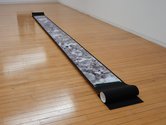


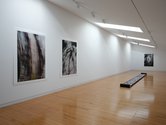
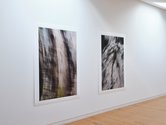




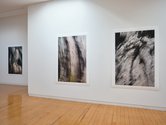


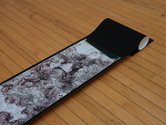
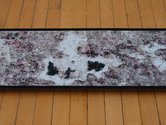
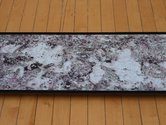
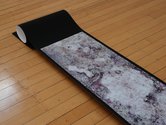
 Two Rooms presents a program of residencies and projects
Two Rooms presents a program of residencies and projects Advertising in this column
Advertising in this column



This Discussion has 0 comments.
Comment
Participate
Register to Participate.
Sign in
Sign in to an existing account.